Solid-liquid incinerator project for Ningxia
This project is a 10,000 tons/year hazardous waste incineration device for Ningxia, which is used for incineration and treatment of hazardous waste produced by our factory.
Automatic feeding system — automatic feeding system — Rotary kiln — liquid waste furnace — secondary combustion chamber — SNCR denitration system — Waste heat steam boiler — rapid cooling deacidification tower — dry spray tower (lime, activated carbon jet) — cloth bag dust collector — Induced draft fan — SCR denitration system — spray tower — packing spray tower — wet electric dust collector — smoke fontanel — discharge
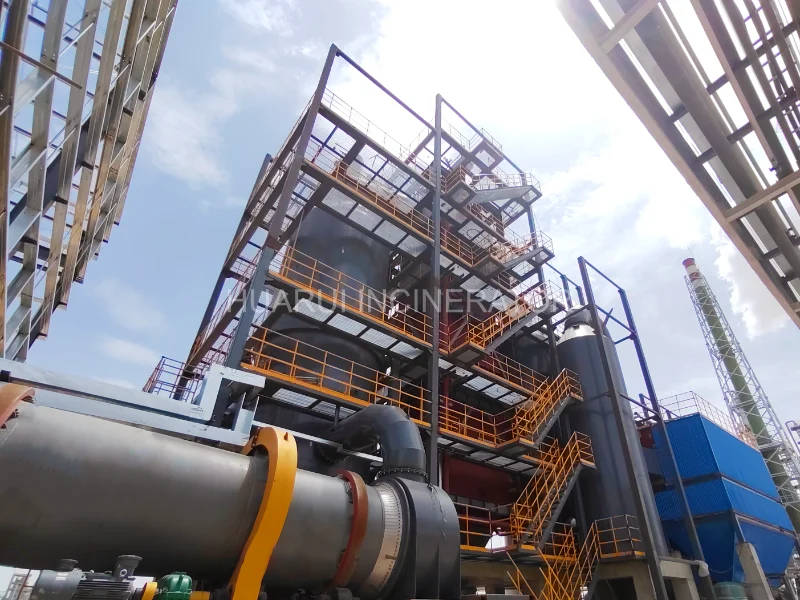
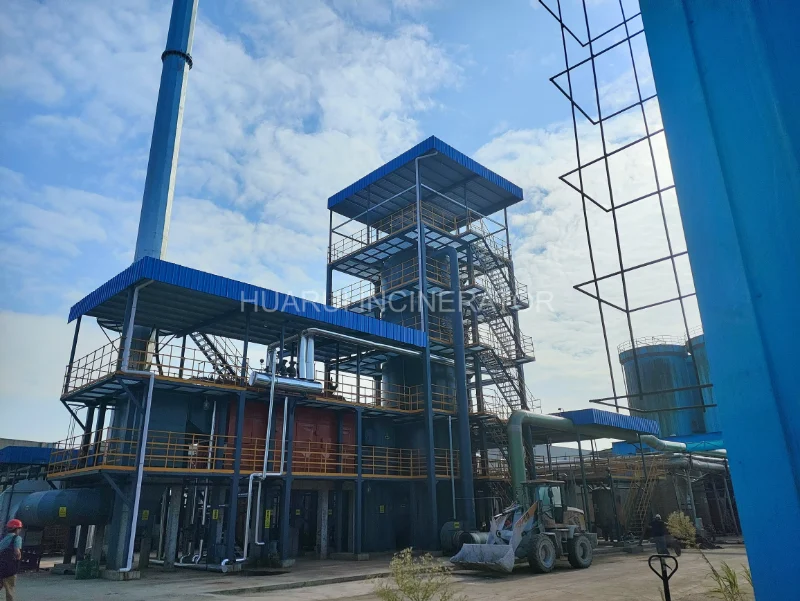
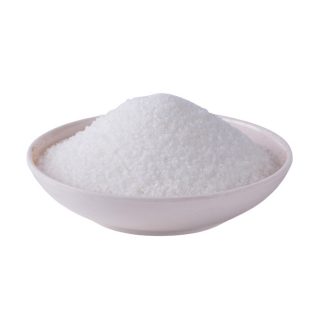

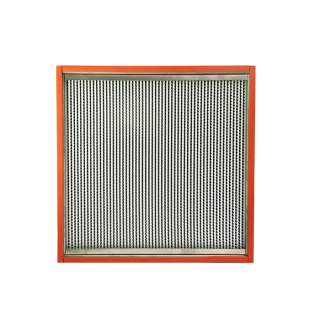
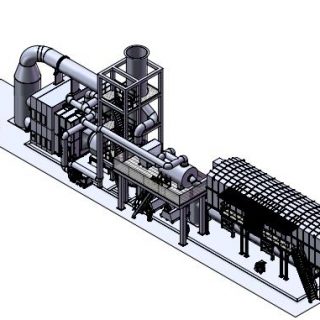
Reviews
There are no reviews yet.